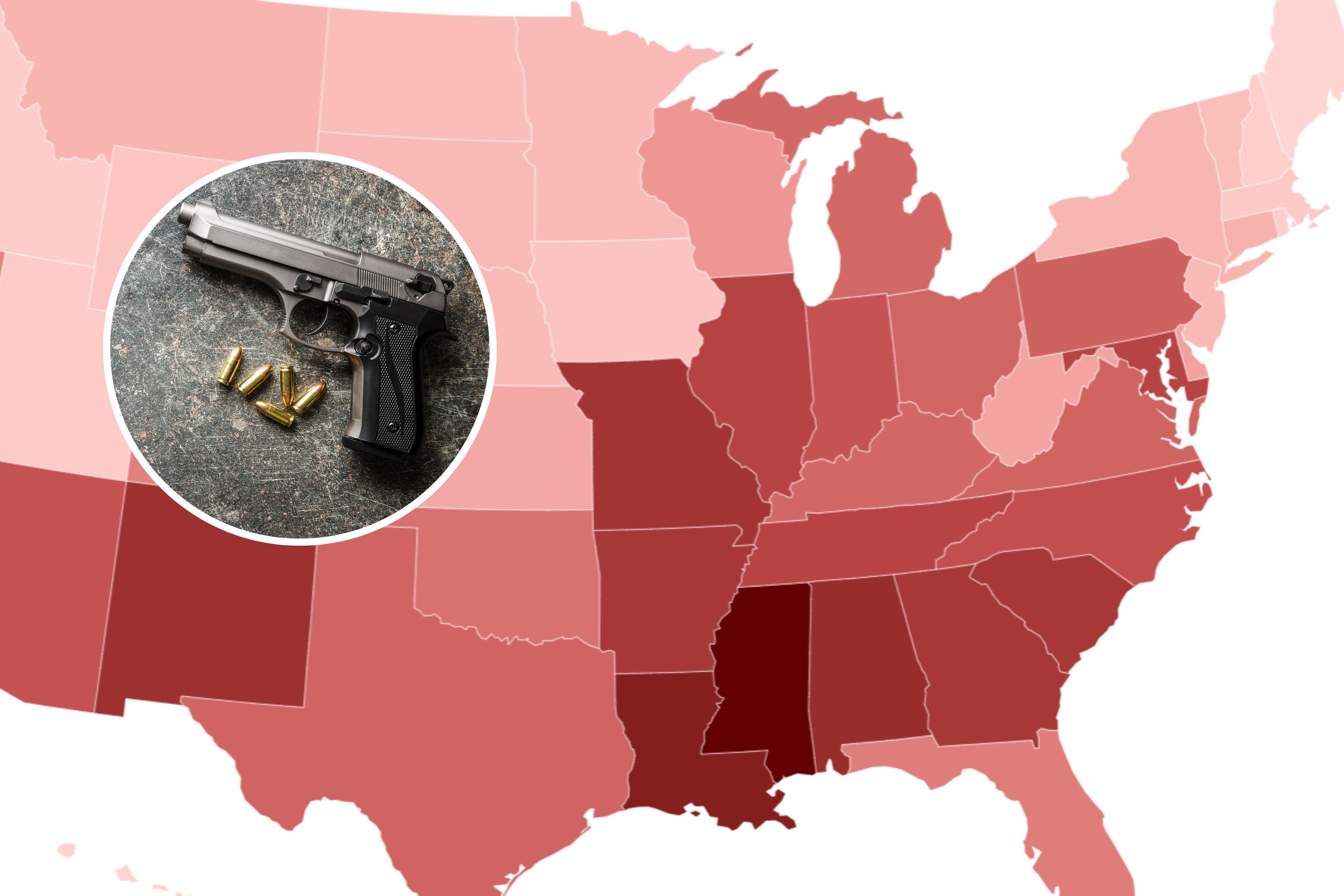
New Year's Eve is a time for people to get together, reflect on the old year and welcome the new, and most of all party. While you're drinking spirits or watching the ball drop, you might wonder where the holiday came from. Here are a few fun facts about New Year's Eve and the traditions behind it.
Celebrating the new year dates back 4,000 years
The ancient Babylonians were the first recorded people to celebrate the new year 4 millennia ago, History.com stated. While the calendar we use now to mark the new year is the Gregorian calendar, the Babylonians celebrated the new year based on the moon. For them, the new year arrived during the first new moon that occurred after the vernal equinox. The vernal equinox is a day on which the amounts of darkness and daylight are equal, and it occurs in late March.
The first Times Square celebration had to do with The New York Times
The first New Year's Eve party in Times Square occurred in 1904, and was a celebration of The New York Times's new headquarters, the Times Square official website states. At the time, the Times tower was the second-tallest building in Manhattan. The celebration involved a street festival that lasted all day, which ended in a show of fireworks. More than 200,000 people were in attendance.

The New Year's Eve Ball first dropped in 1907
While the tradition of a Times Square New Year's Eve celebration dates back to 1904, the ball was not dropped at this event until 1907, according to Times Square's website. The first Ball weighed 700 pounds and had a diameter of 5 feet. It was constructed out of wood and iron, and had one hundred light bulbs on it.
But the ball-dropping tradition existed outside of New Year's celebrations much earlier
The first time that a ball descended as a symbol of time passing, it was not for the New Year, and it wasn't even in the U.S. It was in England in 1833 at the Royal Observatory at Greenwich. The ball dropped daily at 1 in the afternoon so that captains could set their chronometers, an instrument used to navigate, Times Square's website says.
New Year's Eve traditions vary around the world
Just like with any other holiday celebrated around the world, New Year's Eve has different customs associated with it in different countries, according to History.com. In Spain and a number of Spanish-speaking countries, people eat twelve grapes right before midnight to signify their hopes for each month of the new year.

Many New Year's meals have legumes because they are believed to bring future financial success due to their resemblance to coins. This includes black-eyed peas in the south of the U.S. and lentils in Italy. People in Japan eat toshikoshi soba, or buckwheat soba noodles, at midnight in order to say goodbye to the past year and welcome the new one, according to CNN Travel. Dishes in Greece, Mexico and the Netherlands, among other places, feature ring-shaped cakes or pastries to symbolize the year coming full circle, History.com says.
Now when you're ringing in the new year, you can have some perspective about how the celebration started, and what other people around the world are doing to celebrate.
Uncommon Knowledge
Newsweek is committed to challenging conventional wisdom and finding connections in the search for common ground.
Newsweek is committed to challenging conventional wisdom and finding connections in the search for common ground.
About the writer
Zola Ray is an Editorial Assistant for Newsweek. Her writing has also been featured on Hello Giggles, Bustle, For Harriet and ... Read more





